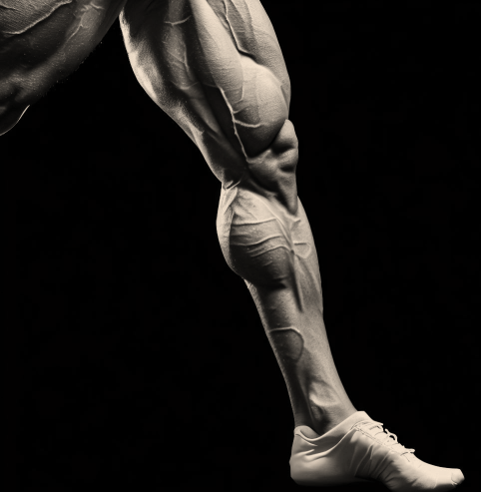Introduction to the Leg Extension Exercise
The leg extension exercise, a staple in many gym routines, is often the go-to for those looking to sculpt and strengthen their thighs. But what exactly happens beneath the skin when you’re extending that weight?
The Importance of Leg Workouts
Our legs are the pillars of our body. They support our weight, power our movements, and play a pivotal role in our overall fitness. Strengthening them isn’t just about aesthetics; it’s about enhancing our functional fitness.
Overview of Leg Extension Movement
The leg extension exercise is performed on a machine where you sit down, hook your feet under padded bars, and extend your legs straight out in front of you. Simple, right? But the magic is in the muscles it targets.
Anatomy of the Thigh
Quadriceps: The Powerhouse
The primary muscle group targeted during the leg extension exercise is the quadriceps. Located at the front of the thigh, the “quads” are responsible for extending the knee and play a significant role in walking, running, and jumping.
Components of the Quadriceps
The quadriceps consist of four distinct muscles:
- Rectus Femoris: Central and the only quad muscle that crosses the hip joint.
- Vastus Lateralis: Situated on the outer side of the thigh.
- Vastus Medialis: Positioned on the inner thigh.
- Vastus Intermedius: Lies beneath the rectus femoris.
Benefits of Leg Extension Exercise
Strengthening the Quads
The leg extension directly targets the quads, making it an excellent exercise for building muscle mass and strength in this area.
Enhancing Joint Stability
Strong quads ensure stability in the knee joint, reducing the risk of injuries and aiding in the recovery of existing knee issues.
Improving Athletic Performance
Athletes, from runners to football players, can benefit from stronger quads, enhancing speed, agility, and power.
Proper Technique for Maximum Muscle Engagement
Ensuring you’re performing the leg extension correctly is crucial. Proper form ensures maximum muscle engagement and reduces the risk of injury.
Common Mistakes to Avoid
- Overloading the machine with too much weight.
- Extending the legs too quickly.
- Not using a full range of motion.
Complementary Exercises for Balanced Leg Development
While the leg extension is fantastic for the quads, it’s essential to balance it out with exercises that target other leg muscles.
Hamstring Curls
The perfect counterpart to the leg extension, hamstring curls target the muscles at the back of the thigh.
Squats
A compound exercise, squats engage multiple leg muscles, ensuring balanced development.
Conclusion
The leg extension exercise is a powerful tool in the arsenal of those looking to build strong, sculpted thighs. By understanding the muscles it targets and ensuring proper technique, you can maximize its benefits and stride forward with confidence.
FAQs
- Are leg extensions bad for the knees? When done correctly and without excessive weight, leg extensions are safe. However, those with existing knee issues should consult a professional before incorporating them.
- How often should I do leg extensions? 2-3 times a week, ensuring you give your muscles adequate rest in between, is ideal.
- Can I do leg extensions at home? Yes, with resistance bands or by improvising with household items, you can mimic the movement.
- Are squats or leg extensions better for quad development? Both exercises are beneficial. While leg extensions isolate the quads, squats are a compound movement that engages multiple muscles.
- How many reps and sets of leg extensions should I do? For strength building, 3-5 sets of 5-8 reps with heavier weights. For toning, 3-5 sets of 12-15 reps with lighter weights.
Check out the other articles to find out all you need about leg muscle exercises.
